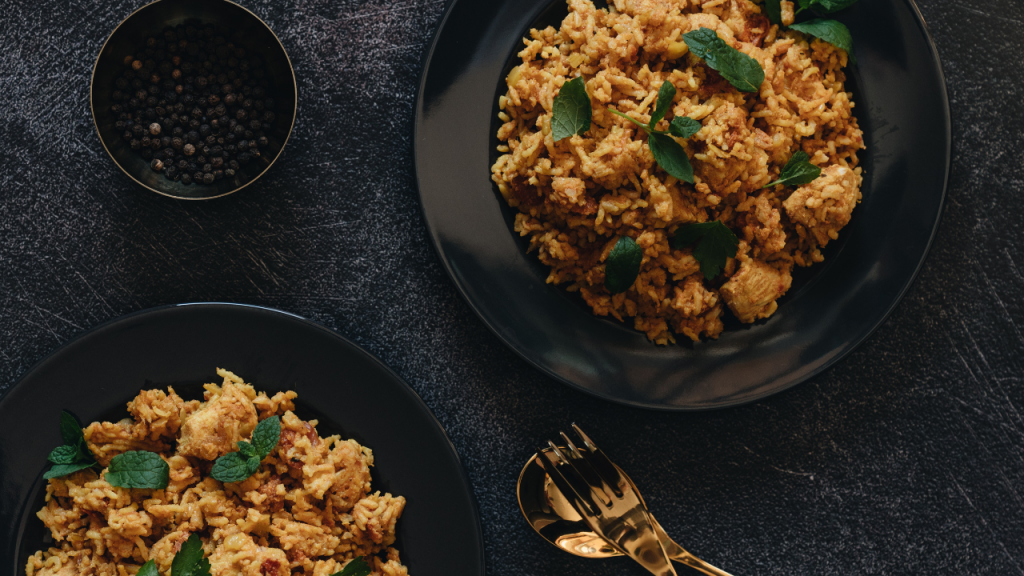Food has an incredible power to connect us with different cultures and traditions. In the world of aromatic spices and mouthwatering flavours, two dishes that often stand out are Akni and Biryani. While they might seem similar at first glance, each of these dishes carries a unique history, preparation method, and flavour profile that sets them apart.
Akni: A wholesome one-pot wonder
Akni, a dish with roots in Indian and South African cuisine, is a true embodiment of comfort food. This one-pot wonder is a flavourful medley of fragrant rice, tender meat (often chicken, mutton, or beef), and an array of aromatic spices. The word ‘Akni’ is derived from the Persian term ‘Pulāo,’ which refers to a rice-based dish.
What makes Akni distinct is its simplicity and blend of flavours. The rice and meat are cooked together, allowing the grains to absorb the meat’s juices and the rich spices. The result is a dish that offers a satisfying balance of textures and tastes. With its origins deeply rooted in history, Akni is not only a delectable meal but also a reflection of cultural heritage.
Biryani: The grandeur of layers and aromas
On the other hand, Biryani is often hailed as the crown jewel of Indian and Pakistani cuisine. This dish is a celebration of flavours, textures, and intricate layers. Biryani typically features basmati rice, meat (chicken, mutton, or beef), lentils or vegetables, cooked with fragrant spices and herbs. What sets Biryani apart is the meticulous layering technique, where rice and meat are cooked separately and then layered in a pot, often with saffron-infused rice on top.
The distinctive preparation method of Biryani allows the flavours to develop independently before culminating all the dish’s elements into one pot of wonder. The dish is then slow-cooked, creating an explosion of aromas and tastes that captivate the senses. Biryani is often embellished with fried onions, nuts, and dried fruits, adding both crunch and sweetness to the ensemble.
Read more: Cape Town’s halaal dining gems
What’s the difference?
Marinating
There are different ways of preparing the two, generally when cooking Akni it is required that your chicken or meat is marinated beforehand whereas with Biryani recipes you aren’t always required to marinade your meat or chicken.
Lentils
Lentils form an important part of many Biryani recipes, so if you see lentils it’s most likely Biryani and not Akni.
The rice
The type of rice used in Akni is usually and preferably, Basmati rice whereas you could use either Basmati or regular rice with Biryani.
Potatoes
Even though some Biryani recipes include potatoes, most of them don’t, so potatoes aren’t a necessity when it comes to Biryani, whereas it’s almost always used in Akni.
Added ingredients
Many people like adding funky variants, such as boiled eggs, to their Biryani and wouldn’t do the same when cooking Akni.
ALSO SEE: Biryani with pumpkin and lamb
https://www.foodandhome.co.za/features/biryani-with-pumpkin-and-lamb
Written by Maegan-Leigh Jacobs
Feature image: Pexels

